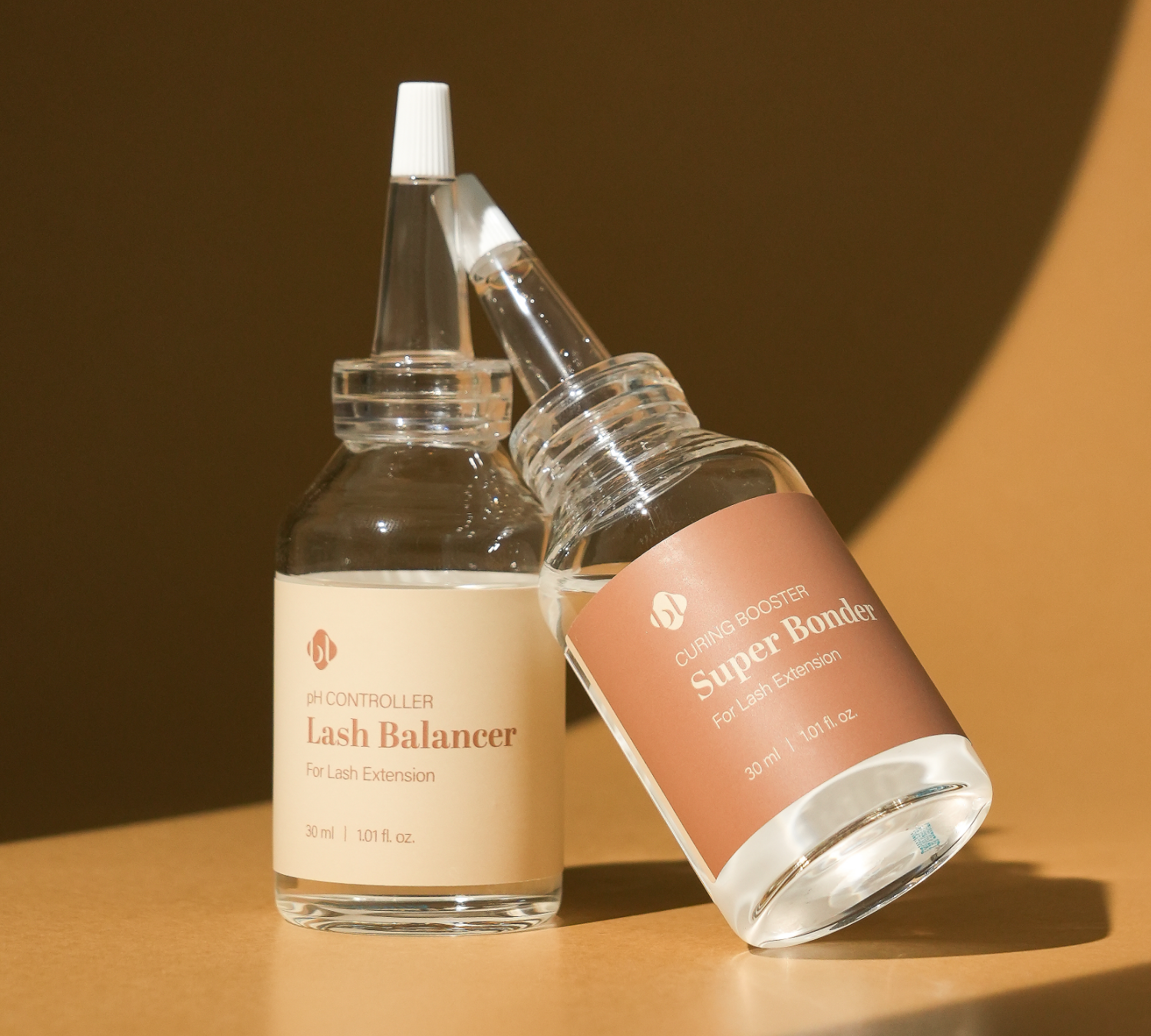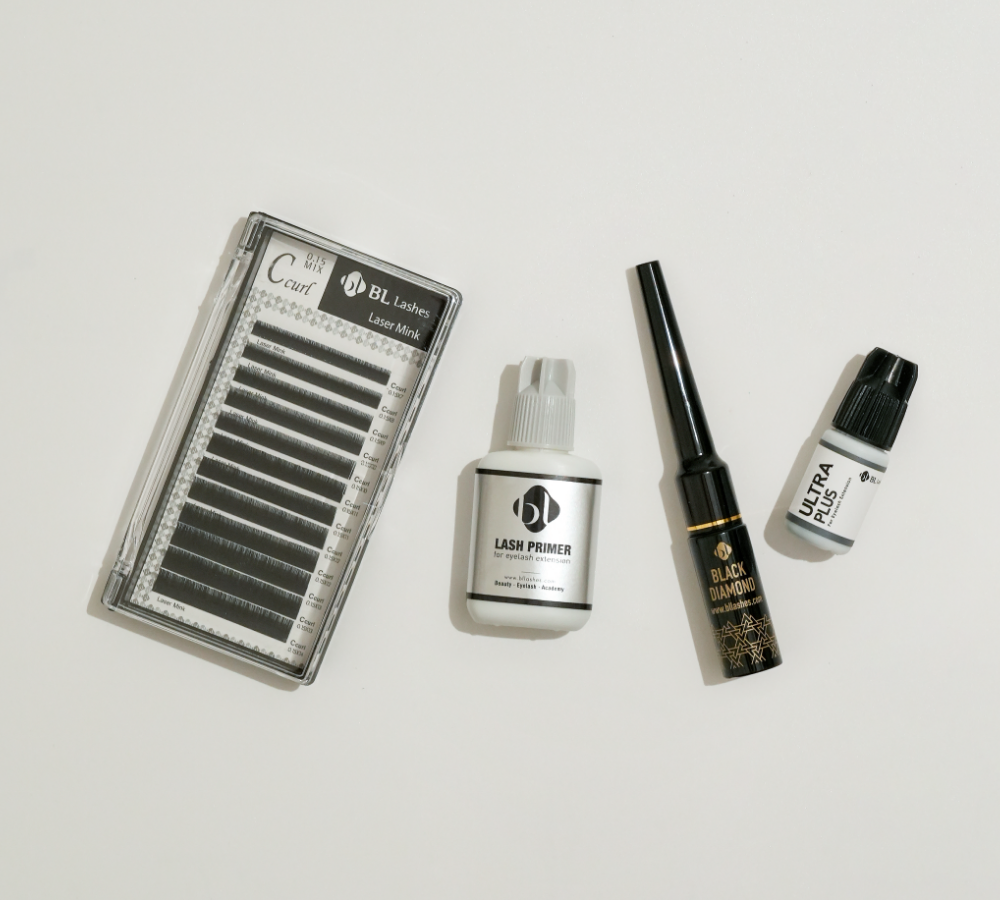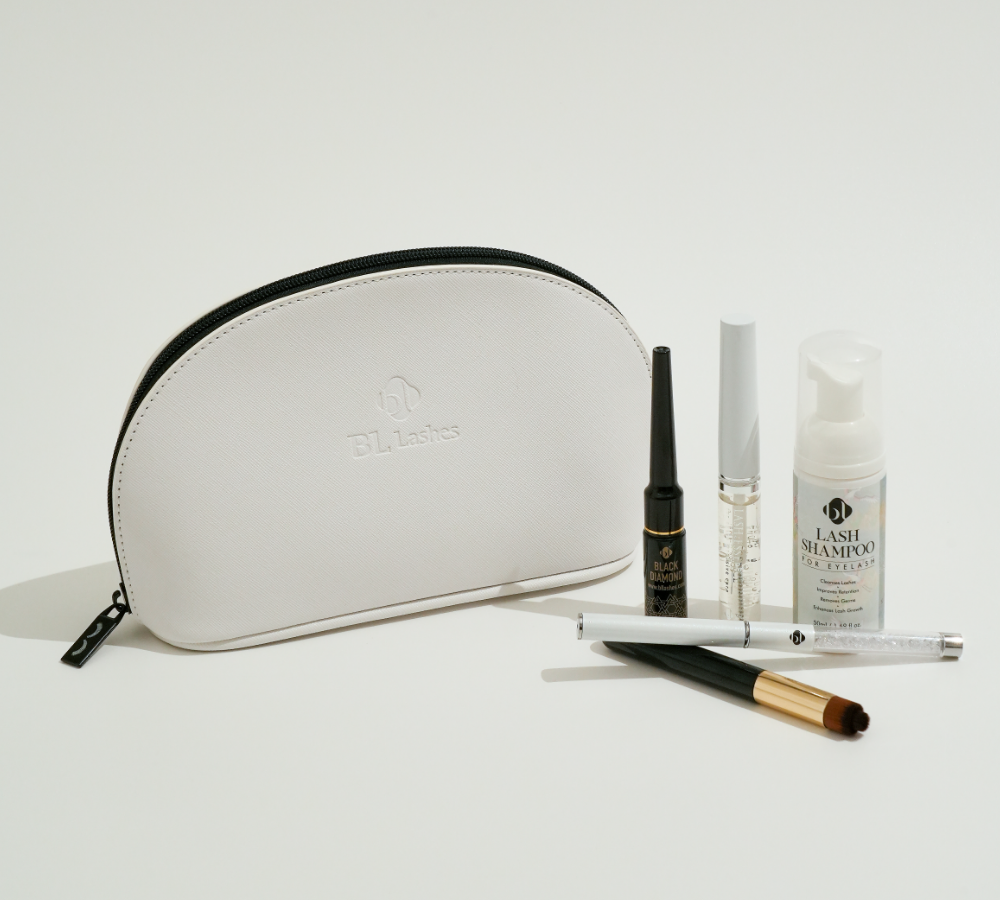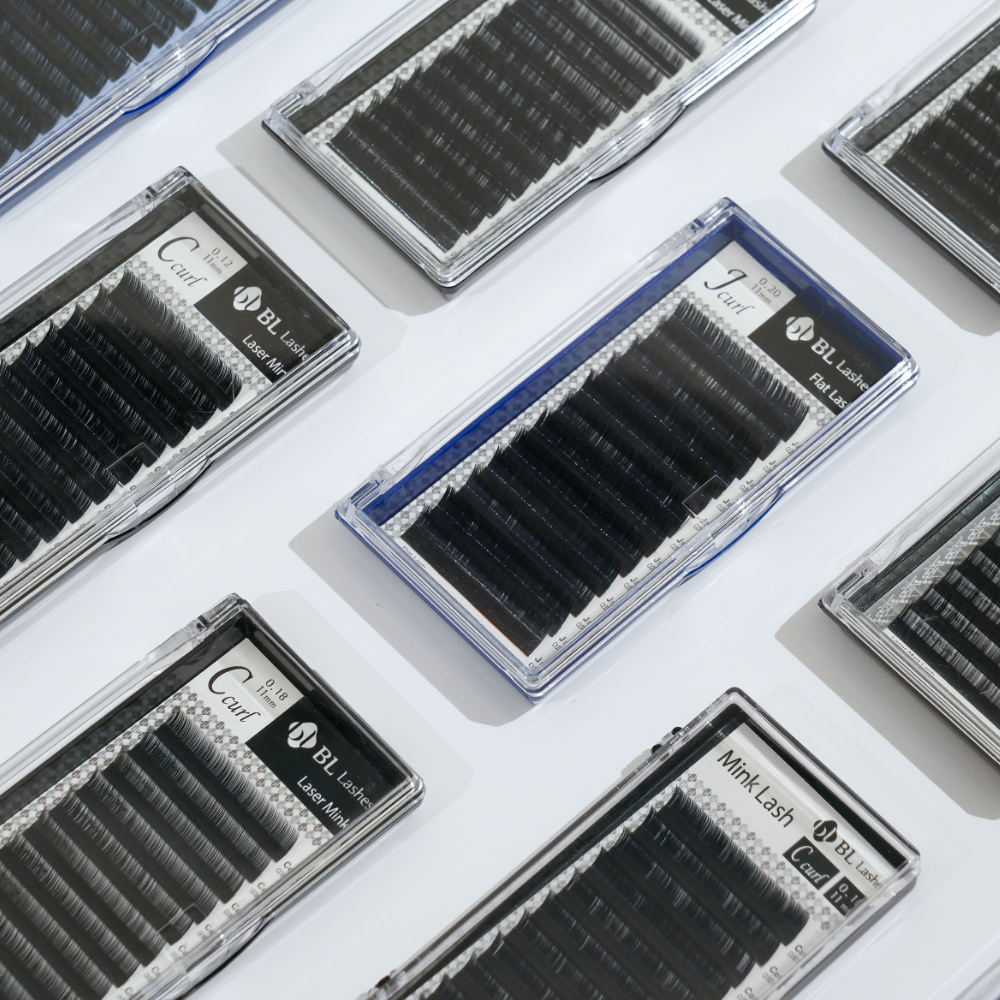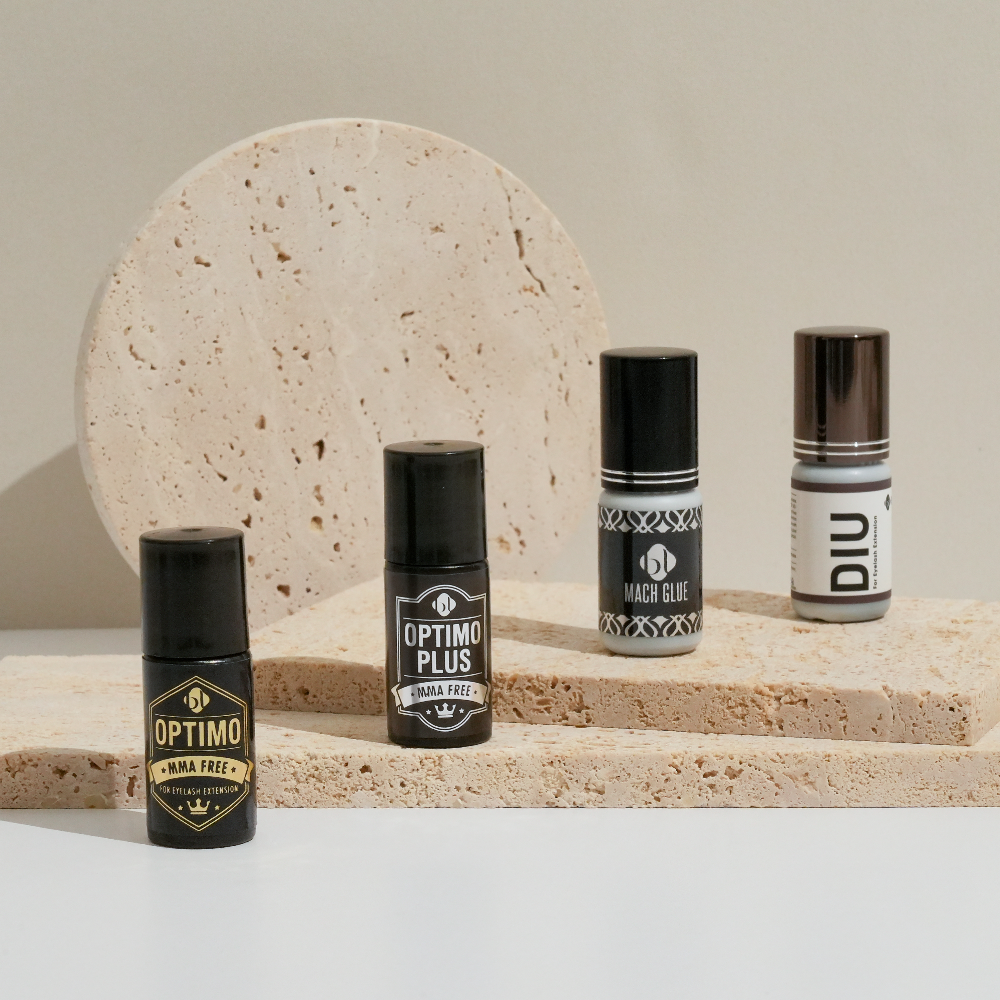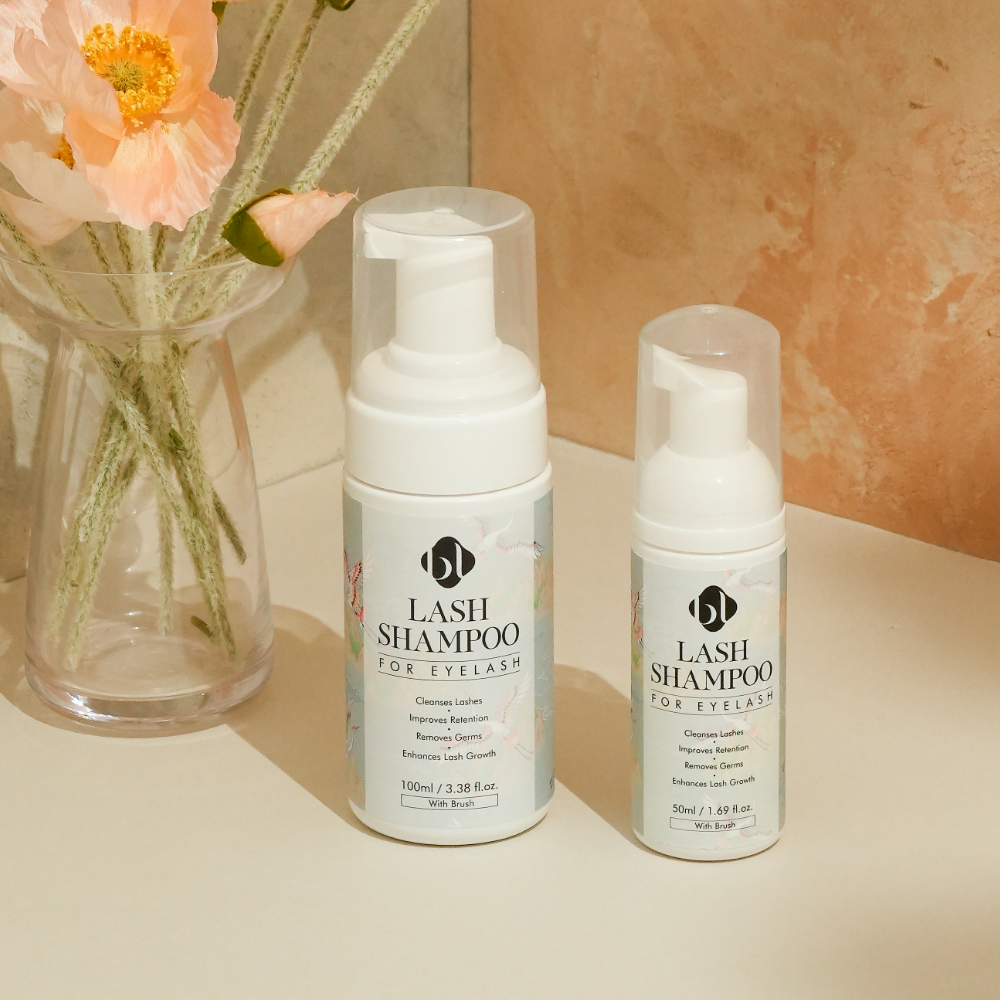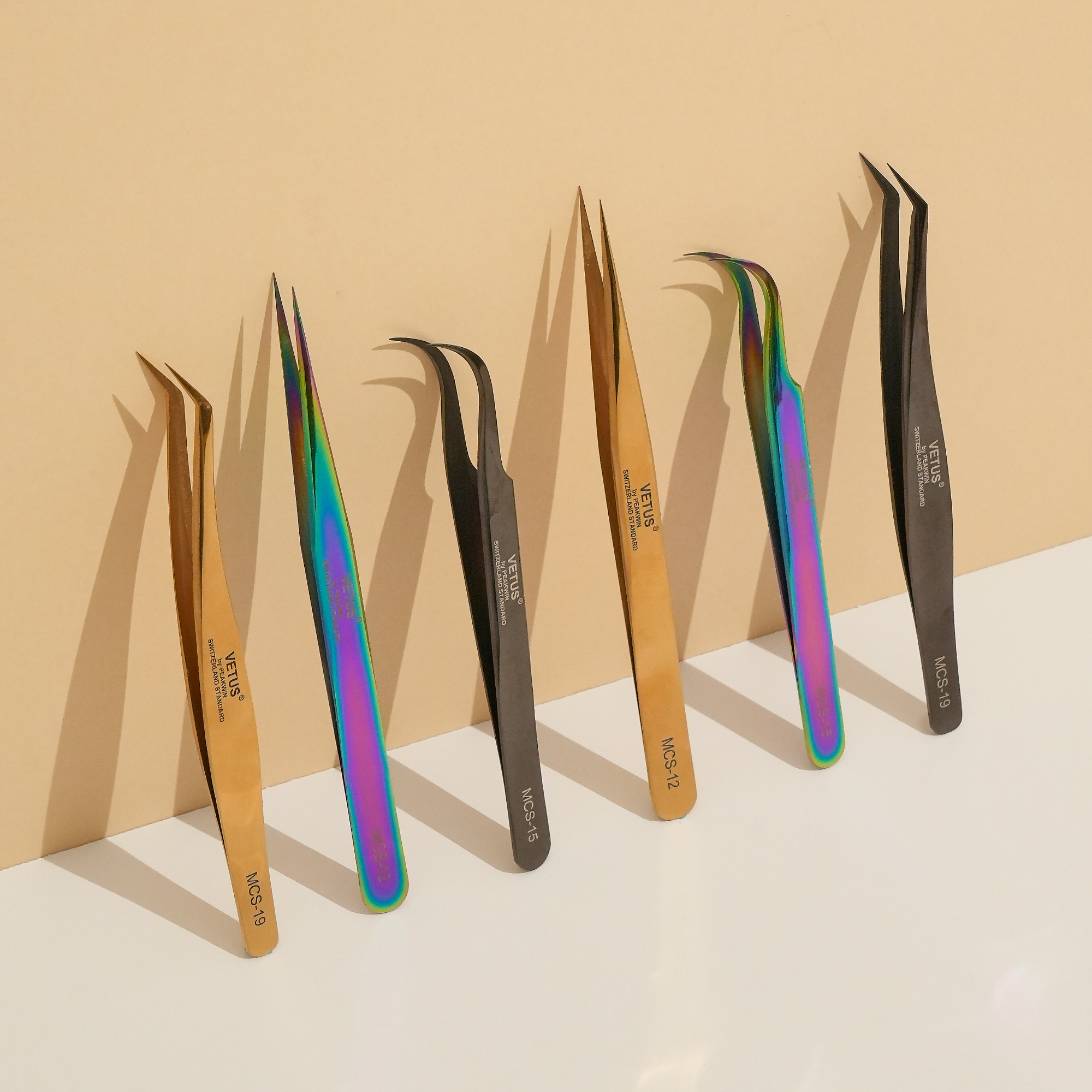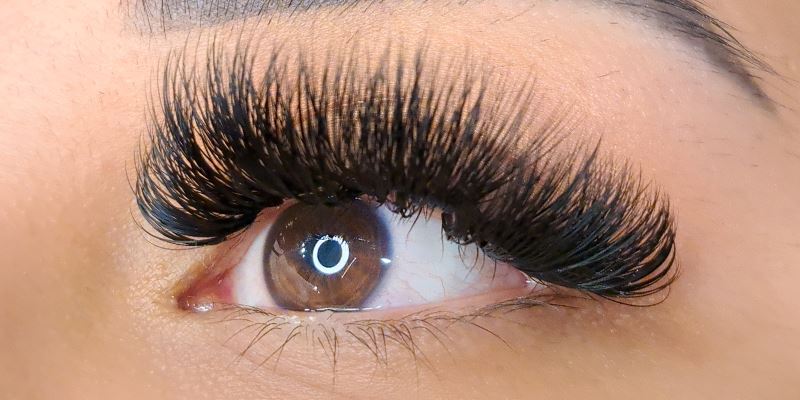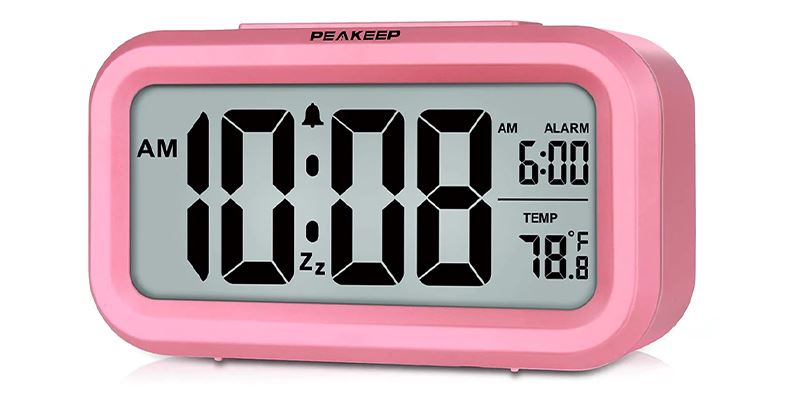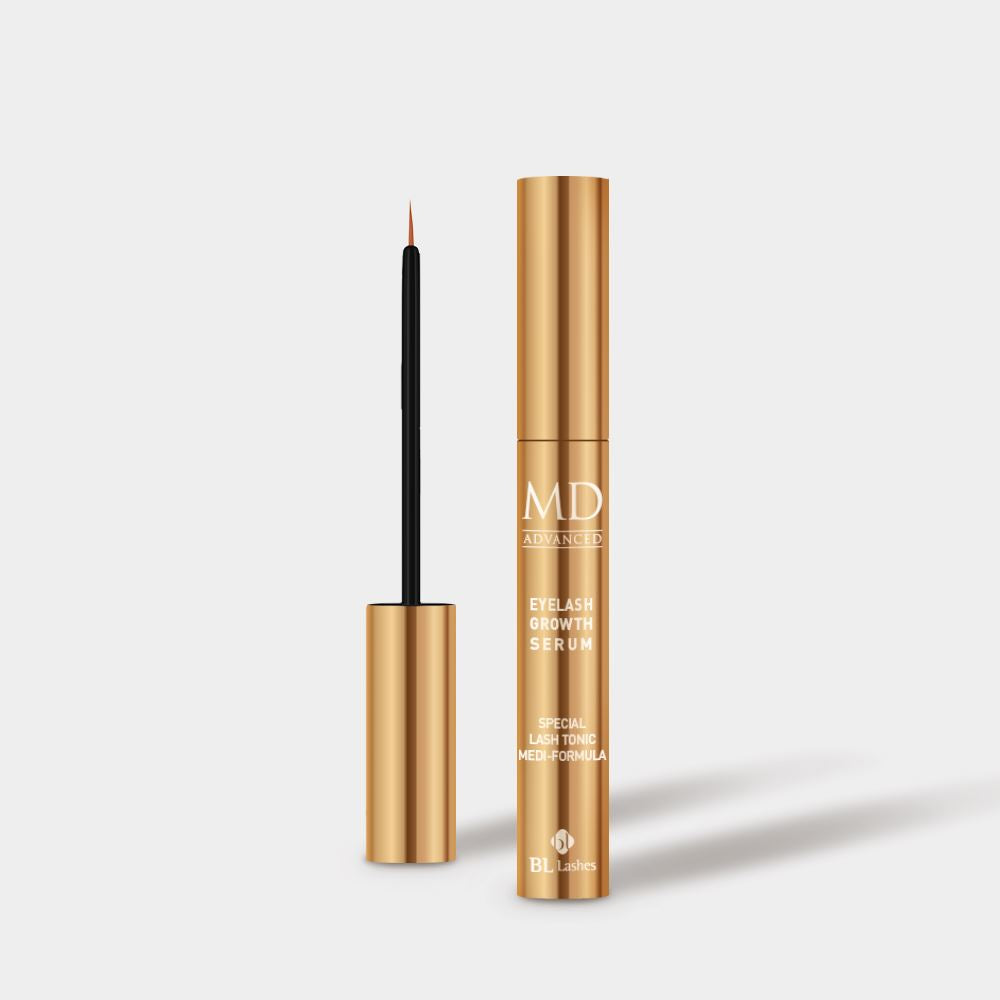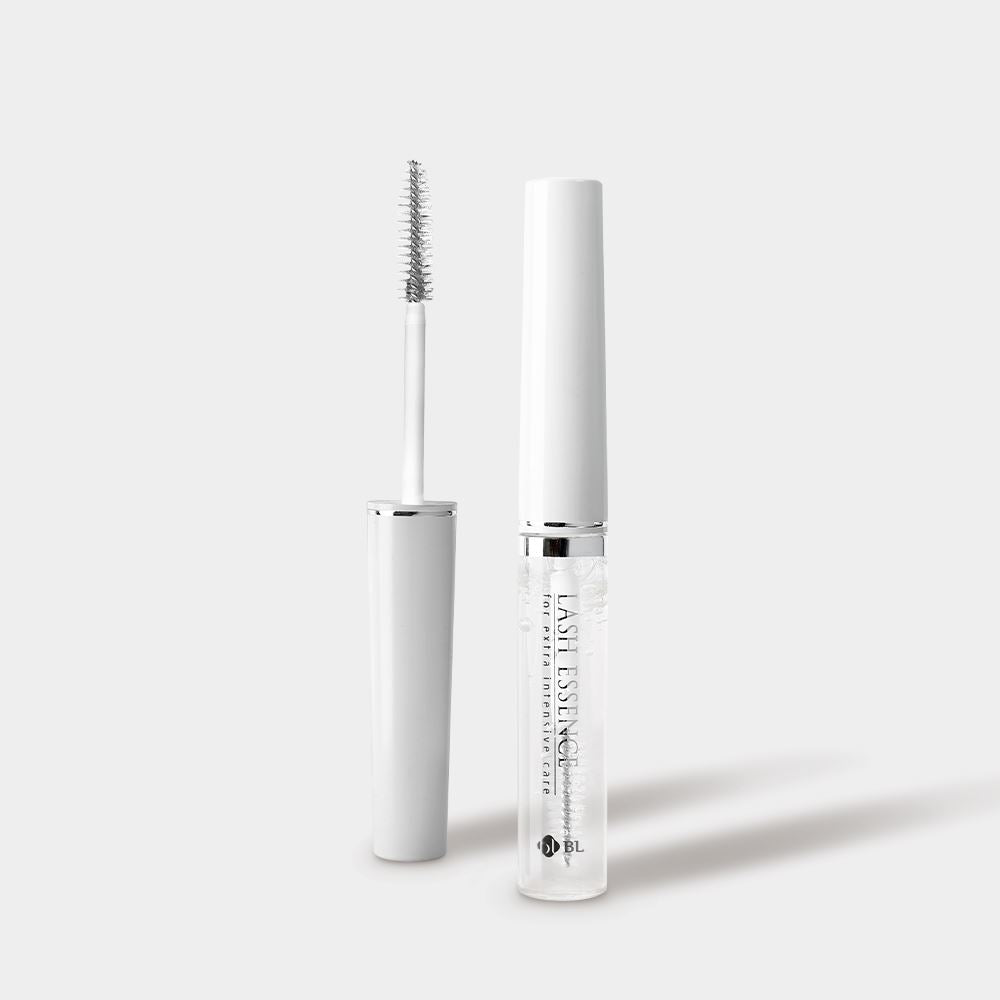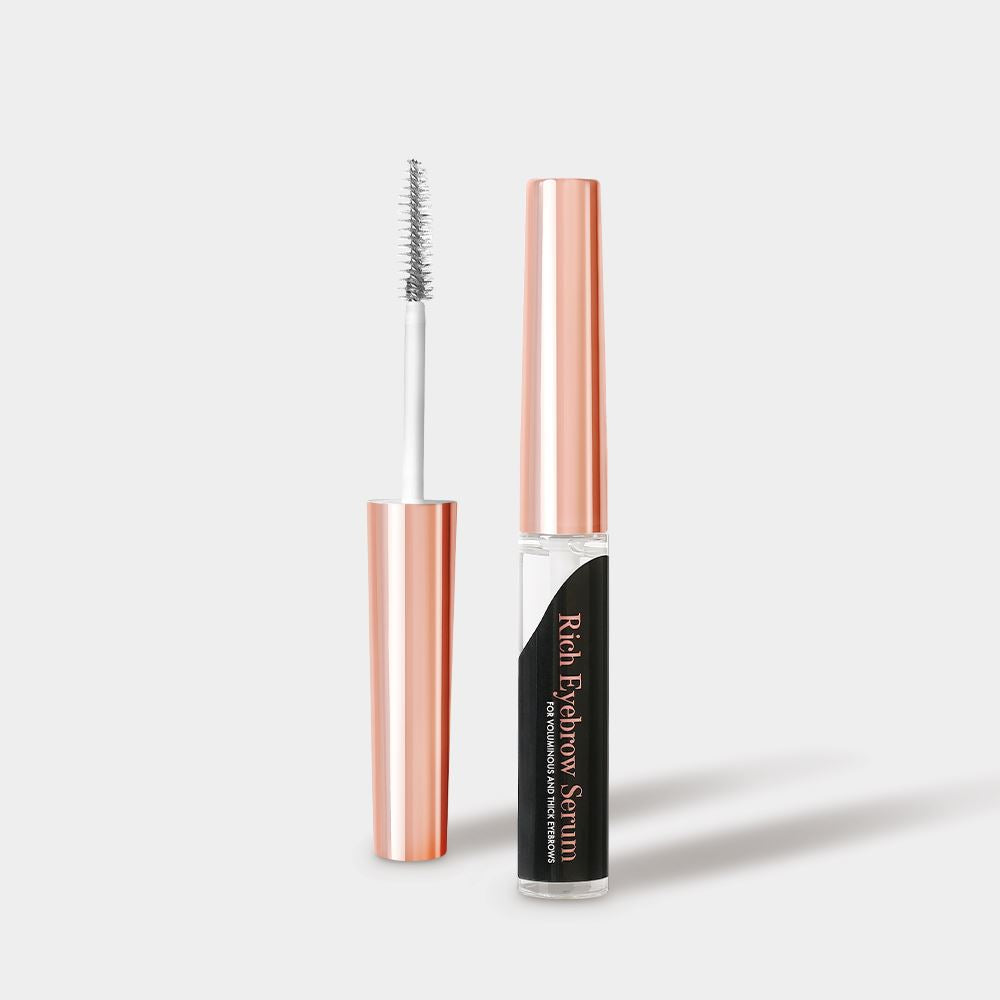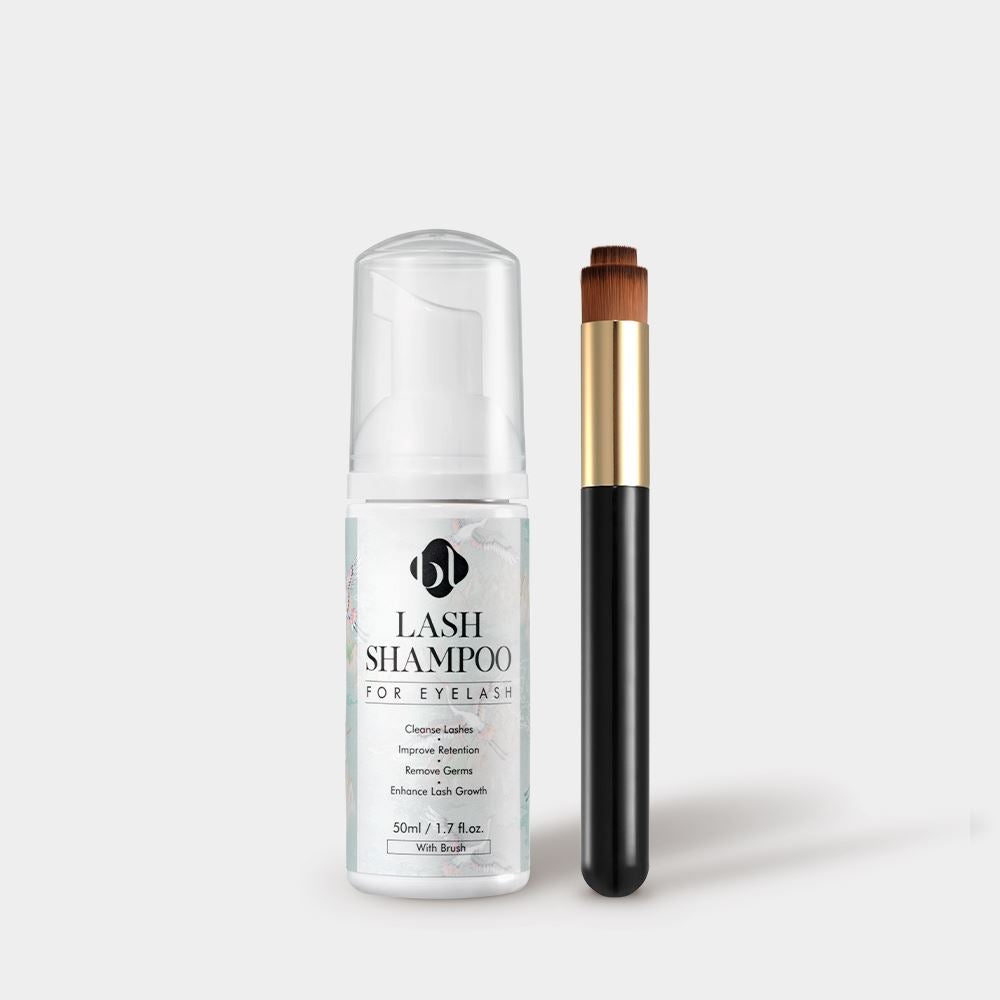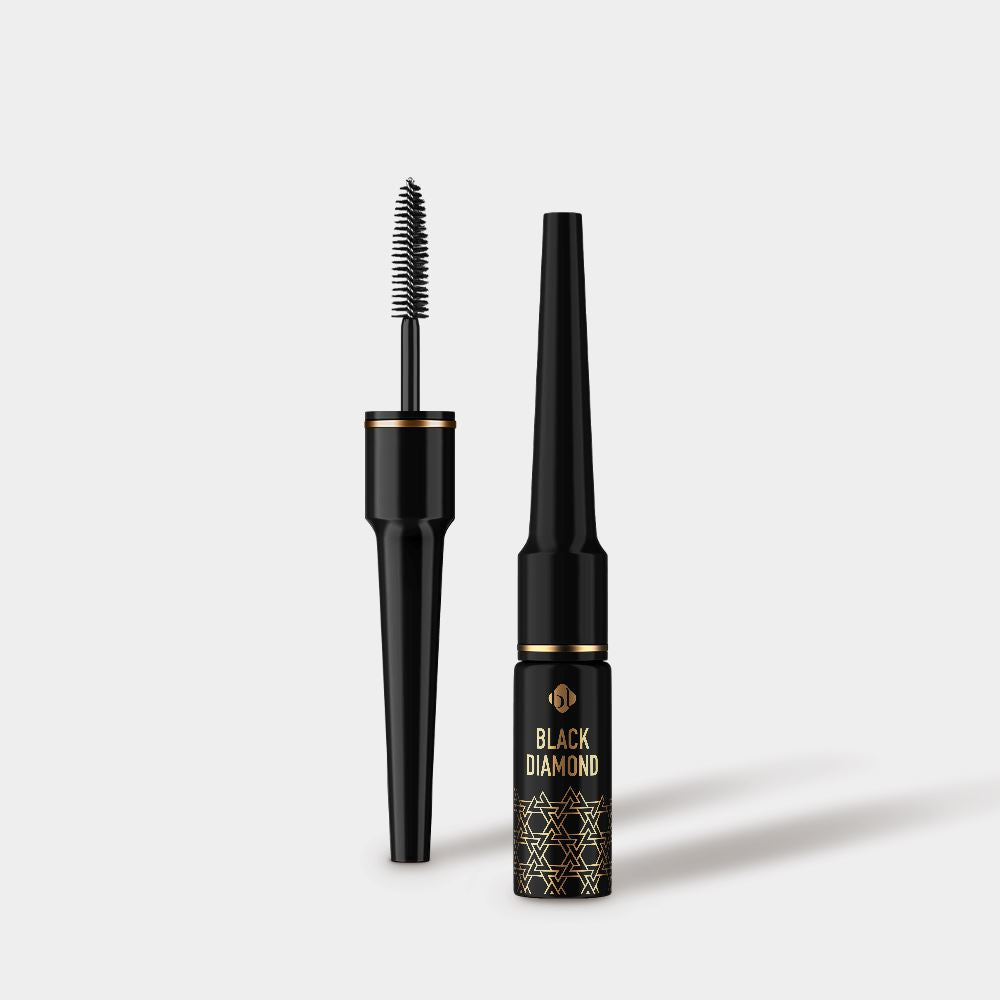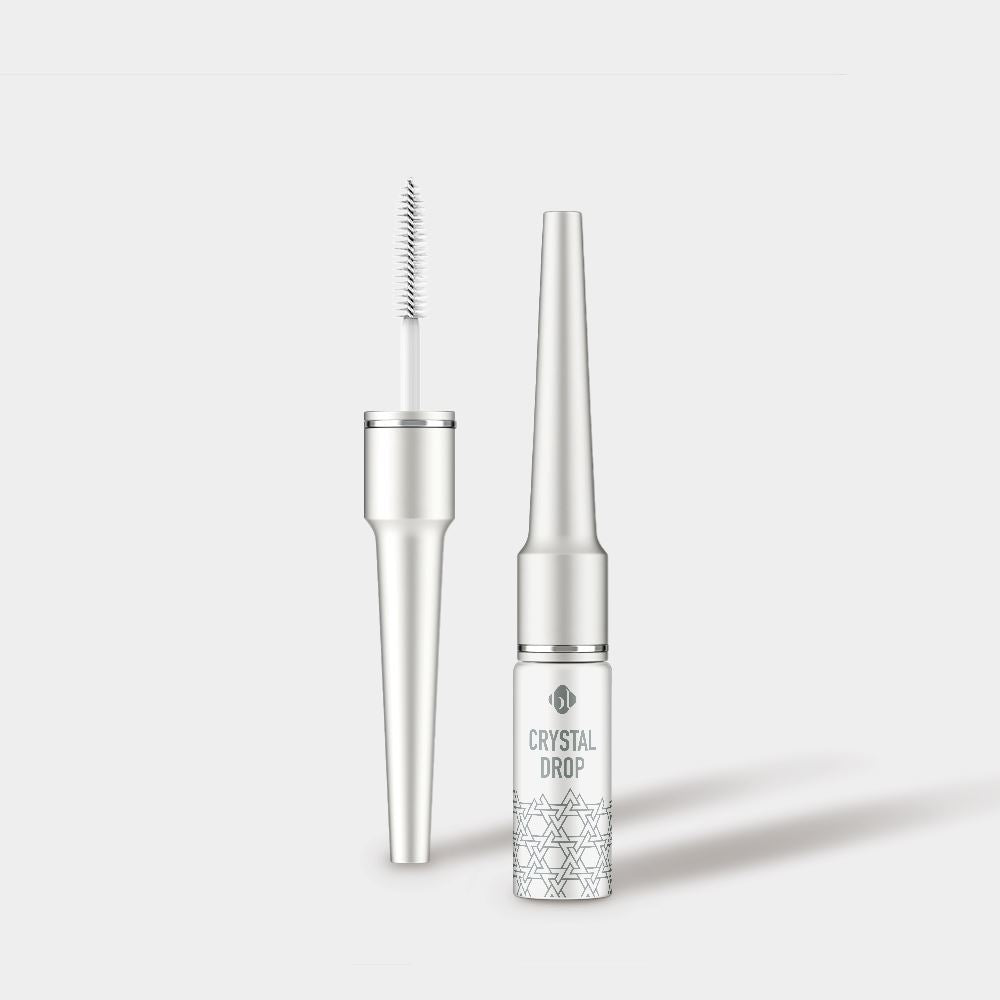There’s much more to being a lash technician than mastering the skill of how to successfully apply extensions to natural lashes. Equally important is the artistry of how to create a perfectly shaped set of lashes for each individual client. For that, you’ll need to master lash mapping.

Lash mapping is a technique for planning which lengths, curls, and thicknesses you will use where, in order to create a fabulous set of eyelash extensions with the style and the level of drama that your client desires, but that is also suited to their eye shape and natural eyelashes.
We’ll take you through exactly how to do lash mapping, as well as some popular lash maps.
Looking for top quality lash supplies at the best price? At BL Lashes, we are happy to provide discounts and amazing wholesale prices to customers who qualify. These accounts are ideal for individual lash artists, personal businesses, salons, and beauty schools looking to purchase lash extension supplies. Click here to find out if you qualify.
Popular Lash Mappings
Natural
The natural eye mapping will follow the natural growth of the client's lashes. This is a gradual change of shape with no dramatic jumps in length.
- Effect: Looks the most natural
- Recommended on: Almond eyes, round eyes, upturned eyes, any face shape
- Avoid on: Hooded eyes, monolid, downturned eyes

Doll eye /open eye
The longest parts of this map are over the iris (using straight lines), then drop down dramatically on the inner and outer corners.- Effect: Makes eyes look bigger, corrects downturned eyes
- Recommended on: Almond eyes, monolid, downturned eyes, hooded eyes, wide-set eyes
- Avoid on: Round eyes, upturned eyes, narrow face shape, close-set eyes
Cat eye
Stay shorter in length until you reach the pupil then drastically jump up in length from the center of the eye until the outer corner.- Effect: Makes eyes look wider, corrects close-set eyes
- Recommended on: Almond eyes, round eyes, upturned eyes, downturned, monolid eyes, hooded eyes, close-set eyes
- Avoid on: Downturned eyes, wide-set eyes
Read more: Extreme cat eye eyelash extension - inspirations & lash mapping
CHECKLIST: BEFORE YOU START LASH MAPPING
No doubt your client will have asked you for something in particular. However, you first need to assess a number of different aspects of your client’s face and eyes to determine whether what they have asked for will suit them, and if it won’t… find out what will!
Ask your client to sit still and look straight toward you for a minute while you take a good look to assess various elements of the eyes. If you attempt to do this with your client lying down, you won’t get an accurate impression of your client’s facial features.
Eye shape
The main eye shapes are almond, round, hooded, and monolid.
Almond shape eyes
Almond eyes are a very common eye shape. You have this eye shape if the top and bottom of your iris is slightly covered by the top and bottom lids. If you can see the whole of your iris then you are likely to have round eyes.

- Recommended: Clients with almond eyes can wear practically any styling they request. Choosing a map comes down to the effect your client is hoping to achieve (bigger eyes vs elongated shape).
- Pay close attention to the eye angle (up/down), face shape, and direction of the lashes
Round shape eyes
You have round eyes if you can see the whole of your iris and your eyelids do not cover the top or bottom of it. Usually, this shape of eye looks open and bright.

- Recommended: Opt for a natural or cat-eye map. Having the length concentrated toward the outer corners will help elongate the eyes, creating the illusion of a more almond eye shape. Opt for something looser, such as a B curl or C curl, as these will complement the eye shape.
- Avoid: With the wrong lash map, your client can end up looking like they're in a permanent state of shock. Avoid doll and open-eye mapping. Avoid the strongest curls.
Hooded eyes
Hooded eyes feature a heavy brow bone with a deep-set crease. Depending on the size of the hood, the lash line can disappear under the lid, causing the lashes to be tucked under and the bases almost hidden.

- Recommended: Select a curl that extends past the hood of the lid before curling up; this will ensure the effect is noticeable. A specialized curl for this are L, L+ curls.
- Avoid: Avoid strong curls like CC and D curls as these will curl so much that the tips almost blend into the lid, resulting in an unnatural look and possibly even discomfort for your client.
Monolid eyes
Common in Asian women, monolid eyes feature a less apparent crease.

- Recommended: Doll-eye and cat-eye but use longer extensions on the inner corner.
- Avoid: Natural mapping doesn’t favor monolid clients.
Eye angle
Their eyes may be straight, slightly upturned, or slightly downturned.
Upturned

Upturned eyes have outer corners that turn upward and are higher than the inner corner. Also known as "cat eyes," upturned eyes tilt upward, giving the eye an exotic appearance.
- Recommended: Emphasize the eye shape by using cat eye mapping or create a more balanced look by using natural mapping.
- Avoid: Doll/open eye mapping. Be careful if using strong curls like D as it could make their eyes look startled.
Downturned
The outer corners of downturned eyes are lower than the inner corner.

- Recommended: Opt for a doll eye or open eye map. The length concentrated toward the center of the eye will help to lift it up. Lift the outer corner with a strong curl.
- Avoid: Avoid cat eye styling as length concentrated toward the outer corners can actually emphasize the downturn. As a result, your client may appear sad or sleepy.
Eye Spacing
Evenly-spaced eyes have one eye’s width in between each eye. Close-set/narrow-set eyes are closer together than one eye-width, while wide-set eyes have more than one eye width between them.
When lashing close-set eyes, the width between the eyes is smaller than usual. So, you’ll want to stretch the lash line and elongate the eyes to make them look further apart.
For close-set eyes, we would recommend using longer lengths towards the outer corners to visually open the gap. A doll effect should be avoided with this type of eye shape as it will only accentuate the closeness of the eyes.
Close-set eyes
Eyes are closer together than one eye-width.
- Recommended: Longer lengths towards the outer corners to visually open the gap.
- Avoid: Doll or open-eye mapping. Prominent inner corner.

Wide-set eyes
Have more than one eye width between them.
- Recommended: Doll or open-eye mapping.
- Avoid: Elongated cat eye mapping
Face Shape
Wide faces can carry more dramatic looks on the whole, whereas a very narrow face may look overwhelmed by very long lashes or a wide cat-eye.
Wide face
- Recommended: Cat eye, natural
- Avoid: Doll eye, open eye
Narrow face
- Recommended: Doll eye, open eye, natural
- Avoid: Cat-eye
Natural Lash’s Direction & Curl
The growing direction of natural eyelashes varies between people. Some people have naturally curly lashes that point downwards while others have quite straight or downward-pointing lashes.
 Knowing the growing direction of the natural lash is very important as it helps you determine what curl suits your client the most.
Knowing the growing direction of the natural lash is very important as it helps you determine what curl suits your client the most.
|
Types |
Suitable curl |
Not suitable curl |
|
Upward growing natural lash |
J, B, C |
D, U, M, L, L+ |
|
Straight natural lash |
All curls |
|
|
Downward growing natural lash |
C, D, U, M |
J, B, L, L+ |
|
Downward growing natural lash but monolid |
L, L+ |
Natural Lash Strength
The strength of the natural lash is important to know so you can determine the length or thickness of the extension lashes. Your client may desire very long or very full lashes, but depending on the strength/health of their natural lashes they may not be able to support them. Fine, delicate lashes won't be able to support the weight of 12mm or 13mm length extensions.
Need help? We have detailed instructions on How to calculate lash size & weight.
You can add an extension that is shorter than the natural lash or up to 3mm longer. You should never go more than 50% longer. If you are unsure how to tell, lay your client down and hold the lash extension up against their natural lash to determine the length of their natural lashes, this will help when lash mapping as you can plan out which lengths you want to use.
Summary
Before beginning every lash mapping process, be sure to consult with your client. See what they want, but be prepared to advise them otherwise if necessary. Longer isn't always better, and the style they want may not look best on them.
Once you have evaluated your client, have a chat with them about the look you are going to create for them. Explain any adjustments that you need to make to what they have asked for and why.
This blog is protected by copyright law. Reproduction or rewriting without permission is strictly prohibited.
Read more about lash extensions here:
Bottom lash extensions - How to tutorial
Eyelash Extensions for Asian Monolid Eyes


